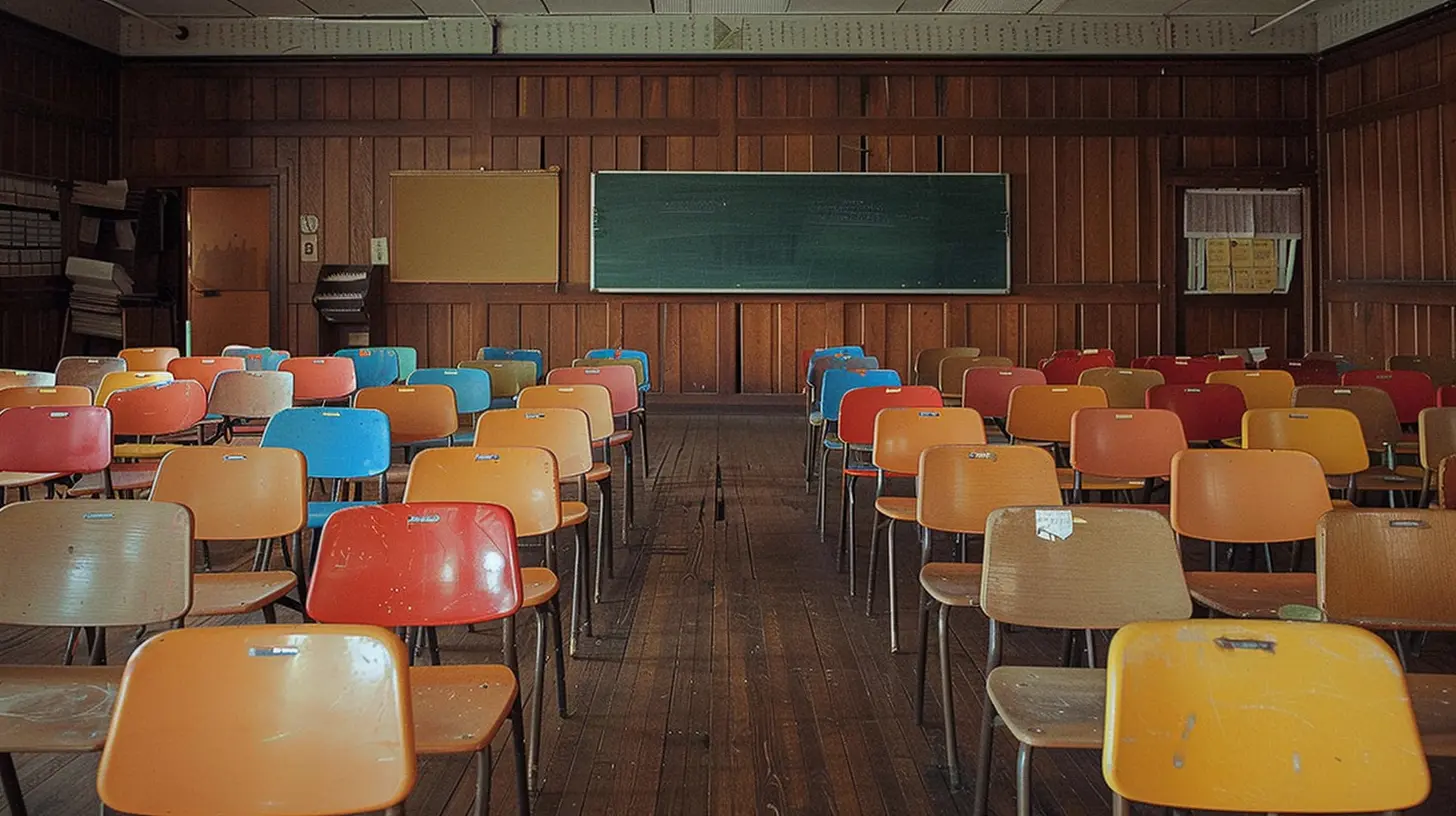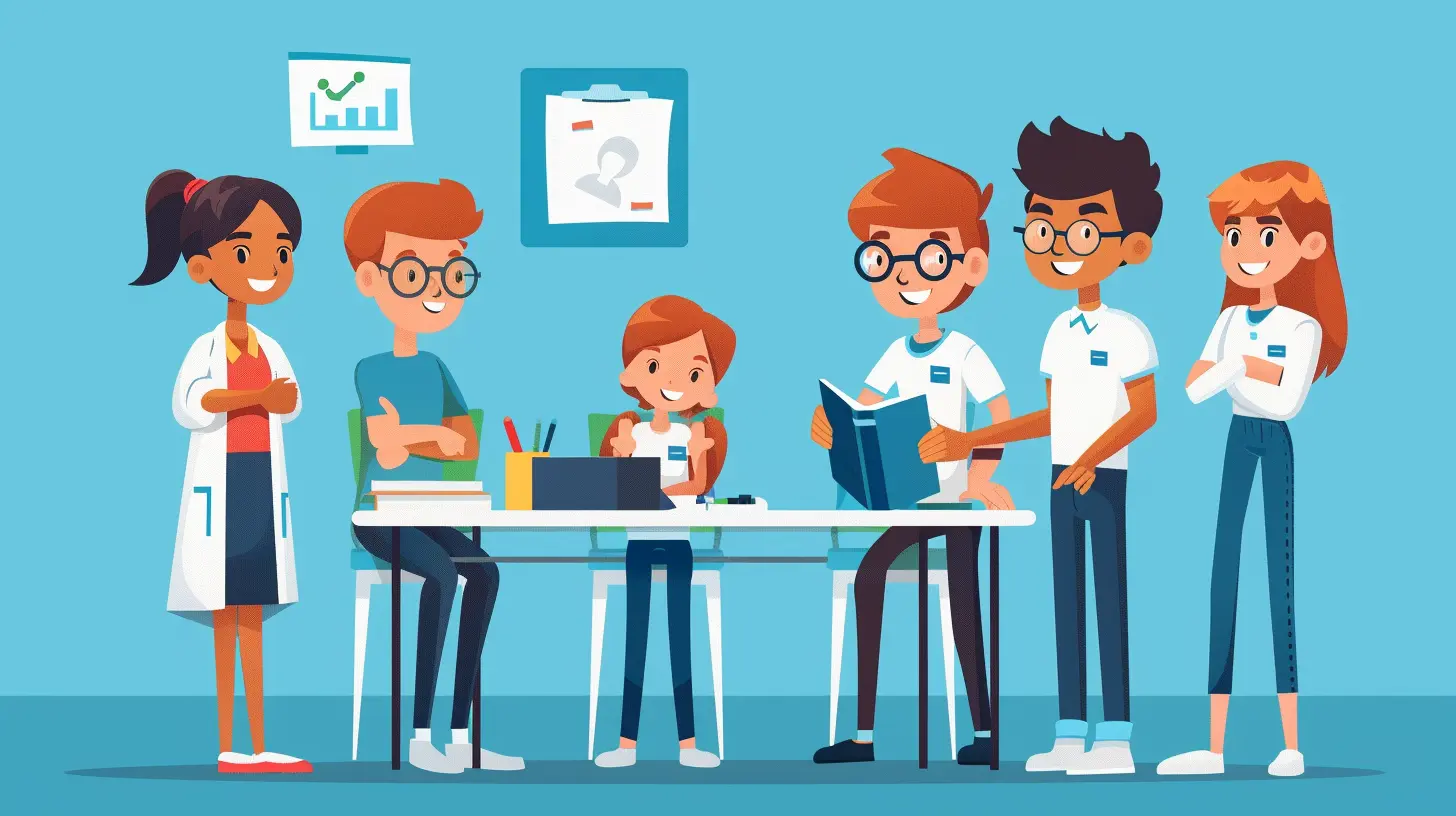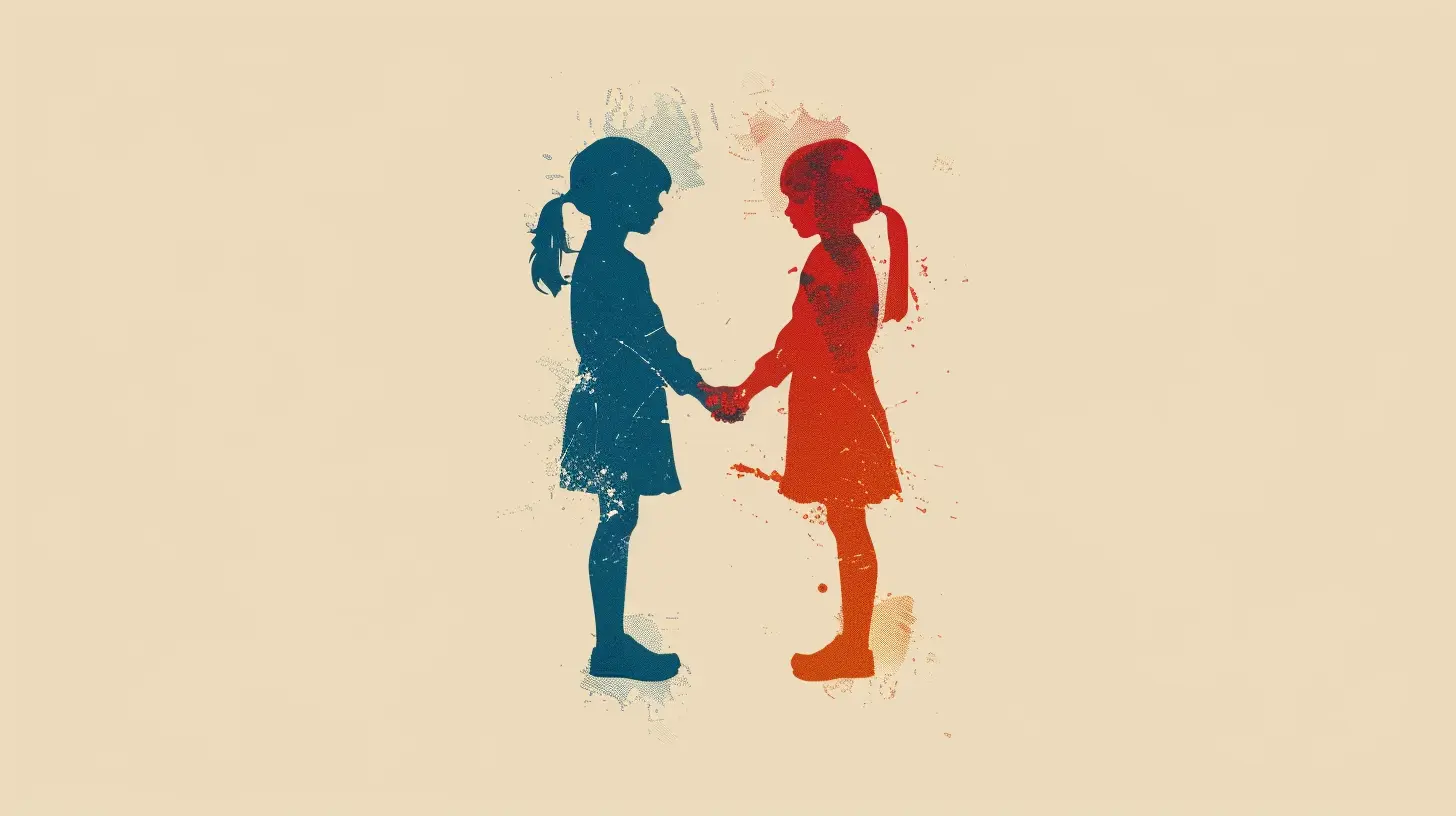The Importance of Teacher-Student Relationships in Managing Behavior
10 September 2025
When you think back to your school days, who stands out the most? Is it that teacher who genuinely listened to you, encouraged you, and made learning feel like a two-way street? Or was it the one who ruled the classroom with an iron fist, leaving you constantly on edge? Chances are, it’s the former—and that speaks volumes about the significance of teacher-student relationships.
Strong relationships between teachers and students aren’t just "nice to have"—they're critical for managing student behavior and fostering a productive, positive learning environment. In this article, we're digging deep into how these relationships impact classroom behavior, why they matter more than ever, and how educators can build them effectively.

Why Classroom Behavior Matters—A Lot
Let’s face it: when students act out, learning stalls.Disruptions, defiance, lack of focus—it’s a slippery slope that drags everyone down. But here’s the thing: behavior isn’t just about rules or consequences. At the heart of it is connection—or the lack thereof.
Many behavior issues stem from students feeling misunderstood, unheard, or unsupported. That’s where a strong relationship with a caring, consistent teacher can do wonders. Because when students feel seen and valued, their behavior often improves—sometimes dramatically.

The Psychology Behind It All
Let’s get a little nerdy for a second (don’t worry, we’ll keep it fun).Research in developmental psychology shows that kids thrive on secure attachments—not just at home, but in school too. This attachment theory, originally rooted in family dynamics, applies just as well in the classroom. When students feel emotionally safe with their teacher, they’re more likely to take academic risks, regulate their emotions, and follow behavioral expectations.
Think of the teacher as the anchor in a stormy sea. When the world feels chaotic—be it because of personal struggles, academic pressure, or peer drama—a strong teacher-student relationship is a stabilizing force.

Behavior Isn’t Just About Discipline
Too often, we associate behavior management with punishment or rules. But honestly? That’s a pretty outdated mindset.Behavior management today is about guidance, not control. And guidance starts with trust.
When students trust their teachers, they're more open to feedback, more willing to own up to mistakes, and more likely to try again when they fall short. They know their teacher isn’t “out to get them”—they’re in their corner.
Building Trust = Better Behavior
Trust doesn’t happen overnight, though. It’s built through consistent actions:- Saying "hello" by name every morning
- Listening actively when students speak
- Following through on promises
- Showing empathy rather than judgment
These small, everyday actions quietly build a foundation of mutual respect—and that respect becomes the backbone of classroom behavior.

How Positive Relationships Shape Student Behavior
Let’s break it down—what actually happens when students feel connected to their teachers?1. Increased Engagement
When students like and respect their teacher, they naturally want to participate. They lean in, not out. They raise their hands, not eyebrows.Why? Because they feel like their voice matters. And when you're engaged, you're not misbehaving.
2. Reduced Defiance
Defiance often arises when students feel powerless or disrespected. But when a student feels that a teacher "gets" them—even when disciplining them—they're less likely to dig in their heels.Instead, the student is more likely to think, “Okay, they’re being fair. I’ll listen.”
3. Better Self-Regulation
Strong relationships model emotional control. When a teacher remains calm and supportive even when a student is acting out, it teaches that student how to manage their own emotions.It’s like emotional osmosis—the calm spreads.
4. Fewer Power Struggles
Power struggles suck the energy out of a classroom. But a solid relationship can prevent these battles in the first place.Students are less likely to challenge someone they respect. And teachers are less likely to escalate situations when they see the student as a whole person, not just a “behavior problem.”
Real Strategies to Build Strong Teacher-Student Relationships
Now that we know why these relationships matter, let’s talk about how to actually build them in real classrooms, with real challenges.1. Take Time to Know Your Students
Sounds simple, right? But in the rush to cover curriculum, it’s easy to overlook.So slow down. Ask about their weekend. Learn their hobbies. Remember the name of their dog.
These moments may seem small, but they’re massive in building rapport.
2. Consistency is Key
Students, especially those with behavior issues, often come from inconsistent environments. They crave predictability, whether they admit it or not.Be consistent with your expectations, your reactions, and your presence. Show up for them, even when they mess up.
Consistency = Safety.
3. Use Positive Reinforcement
Catch them being good. Seriously.Every behavioral correction should be balanced (or outweighed) by genuine praise. Not phony flattery but real, specific, and meaningful encouragement.
Think: "I noticed how you helped James gather his papers when they fell. That was kind."
4. Restorative Conversations Over Punishments
Instead of sending a disruptive student out of the room, try pulling them aside for a quiet, honest chat.Ask: What’s going on? How can we fix it together?
This turns discipline into learning, not rejection.
5. Reflect on Your Own Biases
Let’s be real—we all have blind spots. Sometimes, we connect more easily with students who remind us of ourselves and struggle with those who don’t.Take time to reflect. Are you giving all students the same chance to build a relationship with you—or just the easy ones?
Relationship Building in Different Classroom Settings
Whether you're in a kindergarten class or teaching high school seniors, relationship-building looks a little different—but the core idea stays the same.In Elementary School
You’re pretty much a second parent here. Younger students naturally seek adult approval, so the opportunity to influence behavior through relationships is huge.Use play, storytelling, classroom routines, and positive reinforcement to build those bonds.
In Middle School
Ah, adolescence—a time of change, insecurity, and rebellion.Here, students are figuring out who they are, and relationships become more nuanced. Humor, respect, and an open door policy can go a long way.
Let students know you’re a safe adult in a confusing world.
In High School
High schoolers want to be treated like adults—but still need guidance.Be real with them. Don’t fake interests you don’t have, but do show genuine care for their future. Support their independence while offering steady mentorship.
Teens can sniff out inauthenticity in two seconds flat—so be honest, be kind, and be present.
What Happens When Relationships Are Weak?
Let’s flip the lens for a sec.When teacher-student relationships are strained or absent, students often disengage. They might:
- Act out
- Skip class
- Ignore assignments
- Stop caring altogether
Why? Because they feel invisible.
And when students feel like the teacher doesn’t care, they stop caring too.
But when students know their teacher believes in them—even when they’re struggling—their behaviors start to shift in the right direction.
The Long-Term Impact of Positive Relationships
The benefits of strong teacher-student relationships don’t end when the bell rings.They ripple outward, influencing everything from academic achievement to self-esteem, graduation rates, and even long-term mental health.
A single teacher who believes in a student can change the trajectory of that student’s entire life. That’s not fluff—it’s fact.
And behavior? Just the first domino to fall when relationships are strong.
A Final Thought: Relationships Before Rules
Don’t get us wrong—rules matter. Structure matters. But without strong relationships, classroom rules are just words on a poster.Students don’t follow rules from people they don’t trust. They follow the lead of those they respect, admire, and feel connected to.
So if you’re an educator looking to improve behavior in your classroom, start not with the rulebook—but with your relationships.
Because at the end of the day, behavior management isn’t really about control. It’s about connection.
all images in this post were generated using AI tools
Category:
Classroom ManagementAuthor:

Bethany Hudson
Discussion
rate this article
1 comments
Uri Bennett
Great insights! Building strong teacher-student relationships truly makes a difference in behavior management and creates a positive learning environment.
October 3, 2025 at 10:32 AM

Bethany Hudson
Thank you! I'm glad you found the insights valuable. Strong teacher-student relationships are indeed key to fostering a positive learning environment.


